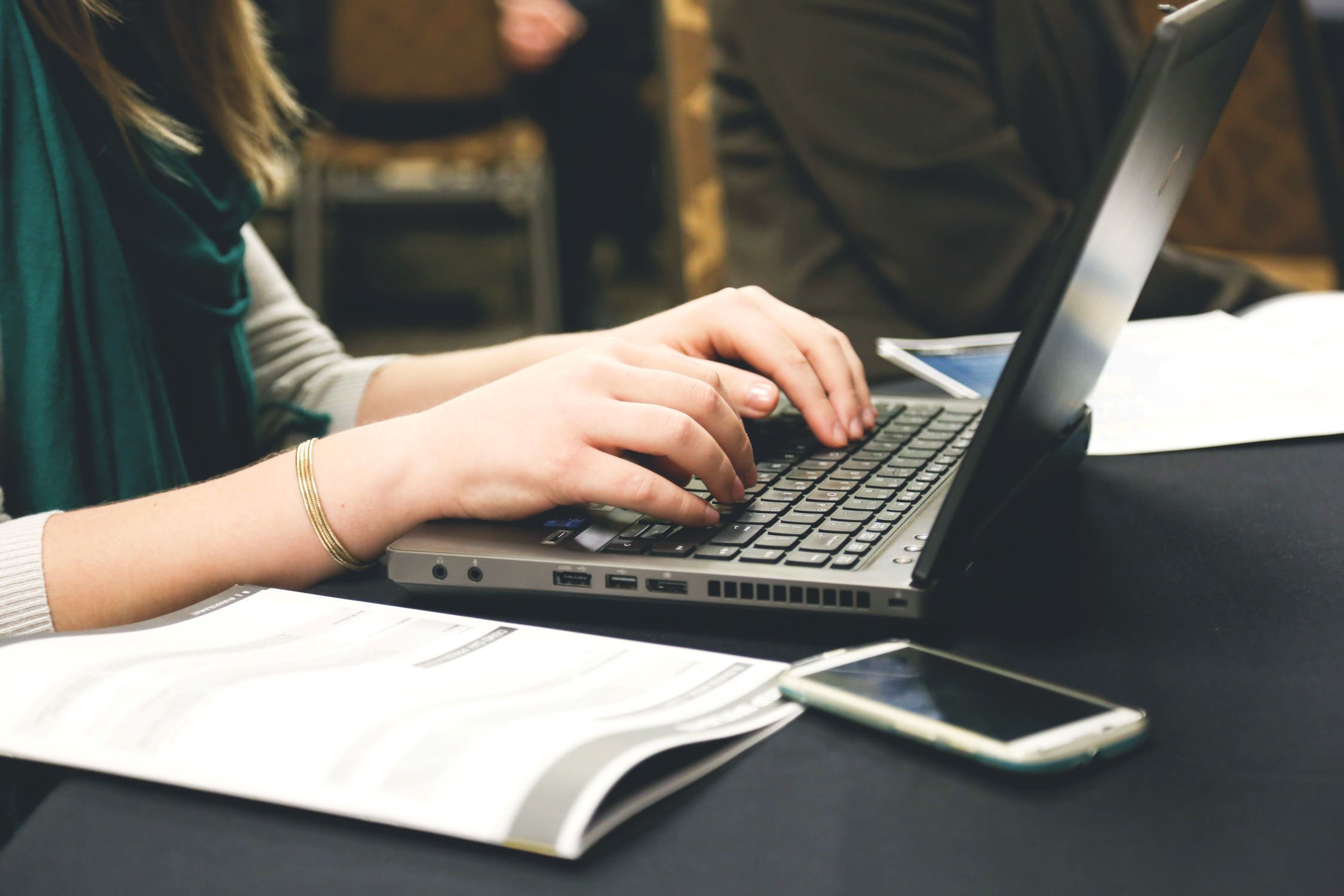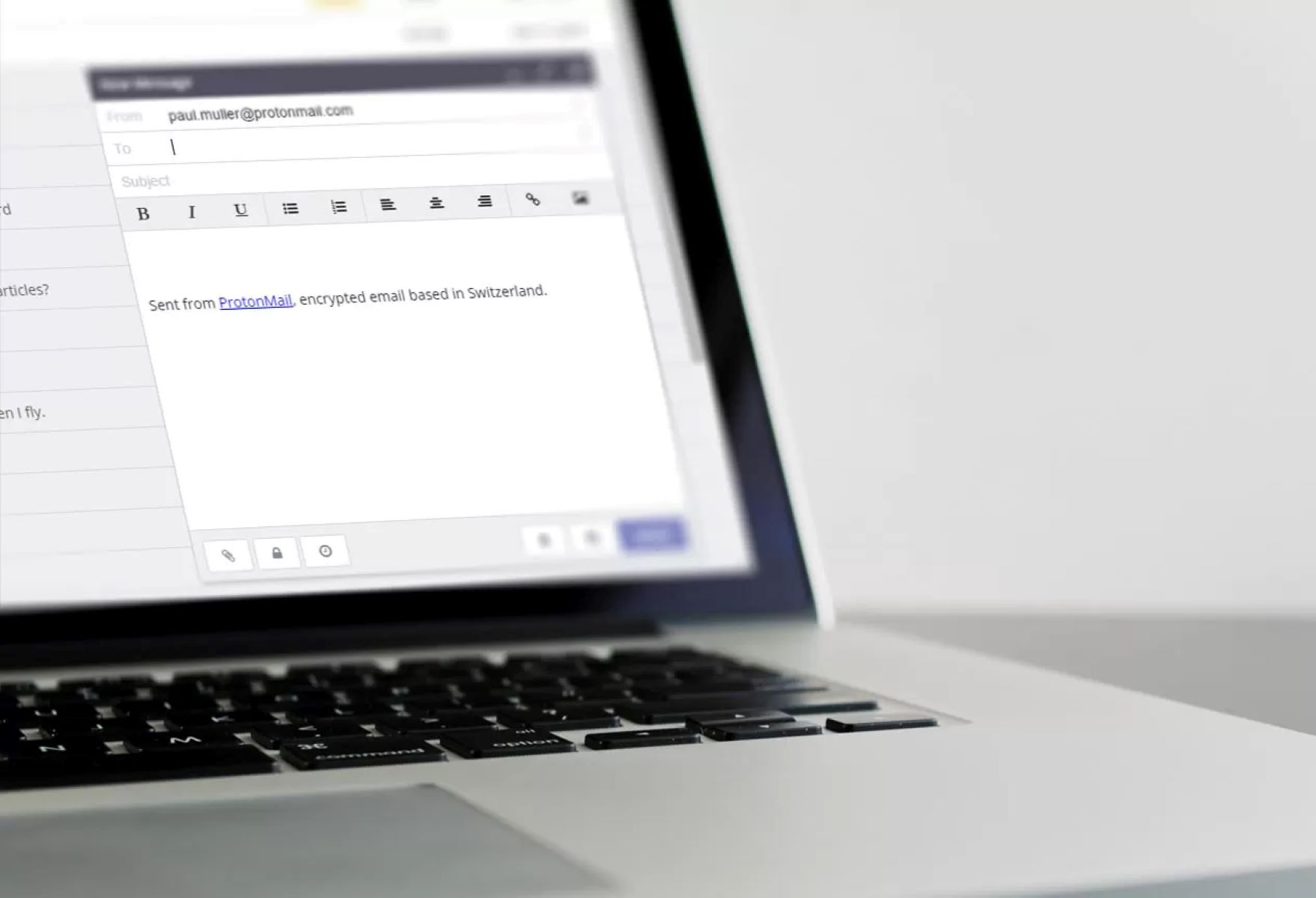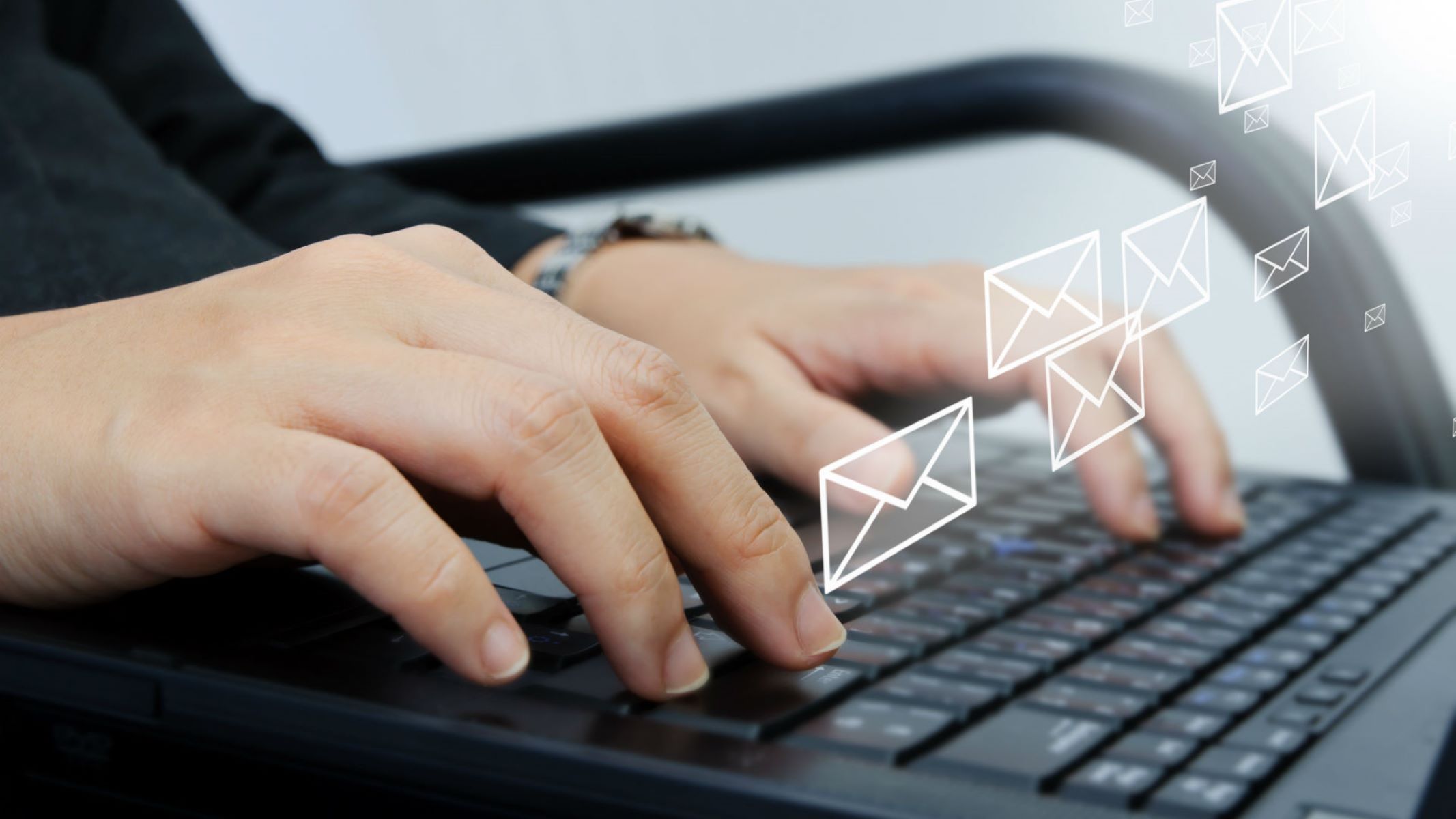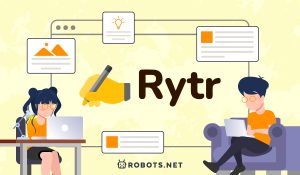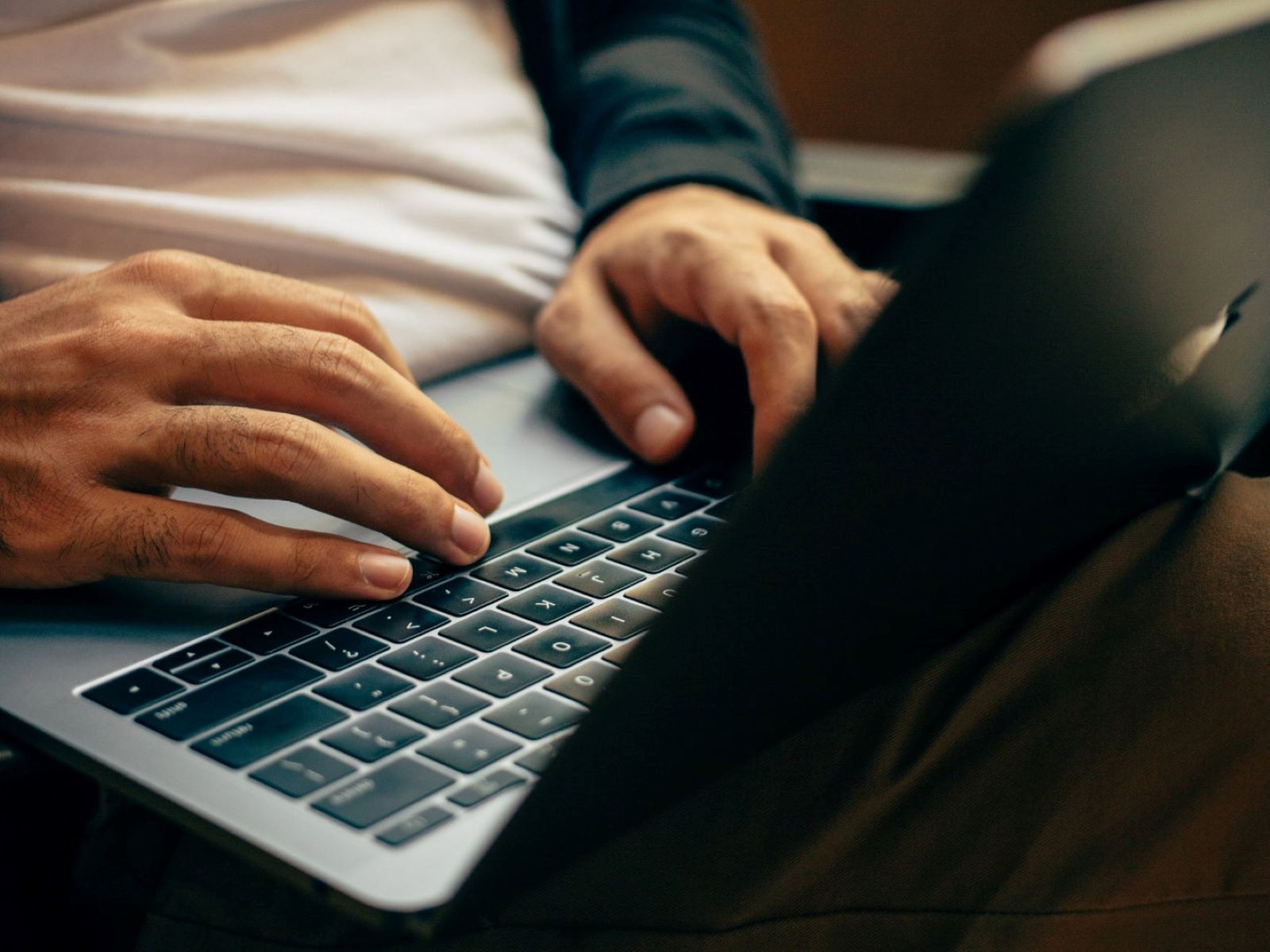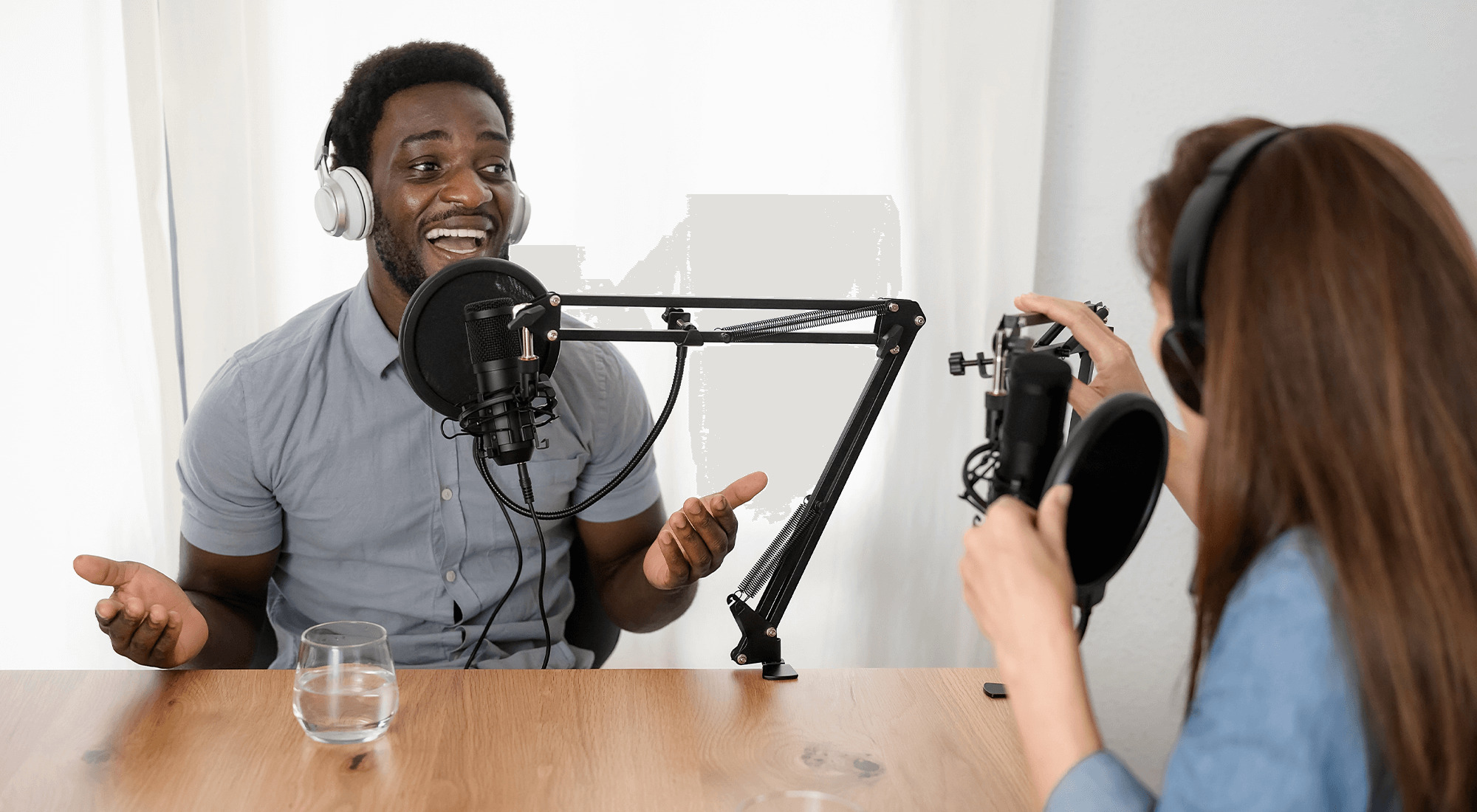Introduction
A thank you email after a job interview is an essential communication that shows your appreciation for the opportunity to interview and reinforces your interest in the position. Not only does it demonstrate your professionalism, but it also provides an opportunity to leave a positive impression on the interviewer(s) and further establish your candidacy for the job.
Writing an effective thank you email requires careful thought and consideration. This article will guide you through the steps on how to write a well-crafted thank you email that will leave a lasting impression.
From the subject line to the closing statement, every aspect of your email should convey your appreciation and showcase your professionalism. By taking the time to send a personalized thank you email, you demonstrate your attention to detail and your commitment to the position. It also gives you another chance to highlight your qualifications and reiterate your interest in the role.
Whether you had a face-to-face interview or a virtual one, the process of writing a thank you email remains the same. However, it’s essential to tailor your email to reflect the specific conversation and key points discussed during the interview.
In the following sections, we’ll outline the step-by-step process for crafting a compelling and effective thank you email after a job interview. By following these guidelines, you’ll be able to leave a positive impression and increase your chances of landing the job.
Step 1: Start with a Professional Subject Line
The subject line of your thank you email is the first thing the recipient will see in their inbox, so it’s essential to make it clear, concise, and professional. A well-crafted subject line not only grabs the reader’s attention but also sets the tone for the email.
When writing the subject line, it’s crucial to mention the purpose of the email – expressing gratitude for the interview. For example, you can use phrases such as “Thank you for the interview” or “Appreciation for the opportunity to interview.” This immediately lets the recipient know the purpose of the email and ensures it stands out in their crowded inbox.
Additionally, it can be beneficial to add a personal touch to the subject line by including the name of the position or the date of the interview. This creates a connection between the subject line and the specific interview, making it more memorable for the recipient.
Here are a few examples of professional subject lines for your thank you email:
- “Thank You for the Interview: [Position Name] – [Interview Date]”
- “Expressing Gratitude for the Interview: [Position Name] – [Your Name]”
- “Appreciation for the Opportunity to Interview: [Your Name] – [Position Name]”
Remember, keep the subject line concise and professional. Avoid using overly casual or informal language that may detract from the professional tone of the email.
Once you’ve crafted a compelling subject line, you’re ready to move on to the next step: addressing the interviewer by name.
Step 2: Address the Interviewer by Name
When writing your thank you email, it’s important to address the interviewer(s) by their name(s). This personal touch shows that you were attentive during the interview and adds a sense of professionalism to your email.
If you interviewed with multiple people, try to address each of them individually. If you don’t have the names of all the interviewers, addressing the main point of contact or the person who organized the interview is acceptable.
Here are a few examples of how to address the interviewer(s) in your email:
- Dear [Interviewer’s Name],
- Hello [Interviewer’s Name],
- Dear [Company Name] Hiring Team,
Using the interviewer’s name or the hiring team’s name helps personalize the email and creates a connection between you and the recipient. It shows that you value the time and effort they dedicated to the interview process.
When in doubt, refer back to any correspondence or information you received during the interview process to ensure you have the correct names and spellings.
After addressing the interviewer(s) by name, you can proceed to the next step: expressing gratitude for the opportunity.
Step 3: Express Gratitude for the Opportunity
Expressing sincere gratitude for the opportunity to interview is a crucial part of your thank you email. It demonstrates appreciation for the time and consideration the interviewer(s) have given you and shows that you value the chance to be considered for the position.
Start this section by expressing your appreciation. Here are a few examples to help you get started:
- I wanted to take a moment to thank you for the opportunity to interview for the [position title] at [company name].
- I wanted to reach out and express my gratitude for the insightful and engaging conversation I had during the interview.
Go beyond a simple “thank you” and share specific aspects of the interview that you appreciated. For example:
- Thank you for asking thought-provoking questions that allowed me to showcase my skills and experiences.
- I truly appreciated the chance to learn more about the company culture and values during our conversation.
By expressing your gratitude and highlighting specific moments or aspects of the interview that made an impact on you, you demonstrate your genuine interest in the position and the company.
After expressing your gratitude, the next step is to recap the key points discussed during the interview. This will show that you were attentive and actively engaged in the conversation.
Step 4: Recap Key Points Discussed During the Interview
Recapping the key points discussed during the interview is an effective way to show your attentiveness and reinforce your interest in the position. It also serves as a reminder to the interviewer(s) of the valuable skills and experiences you bring to the table.
Start this section by acknowledging the important topics or skills that were discussed during the interview. For example:
- I enjoyed discussing my experience in [specific skill or area] and how it aligns with the requirements of the position.
- During our conversation, we talked about my previous work in [specific project or industry] and how it relates to the challenges faced by [company name].
Next, provide a brief summary or reminder of the key points or examples you shared during the interview. This can be done by referencing specific examples or discussing how your skills and experiences make you a suitable fit for the position.
Here are a few examples:
- As we discussed, my experience leading cross-functional teams and implementing successful strategies in [specific industry] has prepared me to tackle the challenges in this role.
- During the interview, I shared my experience in [specific project or role], highlighting my strong problem-solving skills and ability to adapt to changing circumstances.
By recapping the key points discussed, you show that you were actively engaged in the interview and reinforce your qualifications for the position. This step helps the interviewer(s) remember your strengths and sets you apart from other candidates.
After recapping the key points, you can proceed to discussing any additional information or follow-up you plan to provide.
Step 5: Mention Any Additional Information or Follow-up You Plan to Provide
In this section of your thank you email, you have the opportunity to mention any additional information or follow-up you plan to provide to the interviewer(s).
If there were specific points discussed during the interview that you would like to further expand upon or clarify, this is your chance to mention it. For example:
- I would like to take this opportunity to provide further information about my recent accomplishments in [specific area] that might be relevant to the position.
- I plan to follow up with a portfolio of my work, which will showcase my skills in [specific skill] as we discussed during the interview.
Additionally, if the interviewer(s) mentioned any next steps or requested certain documents or references, make sure to mention your intent to provide them. This shows your proactive approach and attention to detail. Here are a couple of examples:
- I will be sending you the references we discussed during the interview by the end of the week.
- I plan to provide a detailed project proposal that outlines my ideas for improving [specific area] that we touched upon during our conversation.
By mentioning any additional information or follow-up you plan to provide, you demonstrate your thoroughness and commitment to the position. It also serves as a way to keep the lines of communication open and show your continued interest in the role.
Once you have mentioned any additional information or follow-up, you can move on to the next step: closing the email with a polite closing statement.
Step 6: Close the Email with a Polite Closing Statement
The closing statement of your thank you email should be polite, professional, and leave a positive impression on the recipient. It serves as the final impression they have of you, so it’s important to end the email on a strong note.
Begin the closing statement by expressing your appreciation once again. Here are a few examples:
- Thank you again for your time and consideration.
- Once again, I want to thank you for the opportunity to interview for the position.
Next, end the email with a clear and concise closing phrase. Examples of polite and professional closing statements include:
- Best regards,
- Sincerely,
- Thank you,
Remember to include your full name below your closing statement. If applicable, you can also include your contact information, such as your phone number or email address, below your name. This makes it easy for the recipient to reach out to you if they have any further questions or if they want to discuss next steps.
For example:
Best regards, [Your Full Name] Contact Information: Phone: [Your Phone Number] Email: [Your Email Address]
By closing the email with a polite and professional statement, you leave a positive impression and demonstrate your professionalism and attention to detail.
After crafting a strong closing statement, you’re ready to move to the final step: proofreading and checking for errors before sending the email.
Step 7: Proofread and Check for Errors Before Sending
Before hitting the send button for your thank you email, it’s crucial to take the time to proofread and check for any errors. This final step ensures that your email is polished, professional, and free of any mistakes that could negatively impact your overall impression.
Use the following tips to thoroughly proofread your email:
- Check for spelling and grammar mistakes: Use spell check or a grammar checking tool to catch any errors. Pay attention to commonly misspelled words or homonyms that might be incorrectly used.
- Read it aloud: Sometimes, reading your email out loud can help you identify awkward phrasing or unclear sentences that need revision.
- Review formatting and structure: Make sure your email is well-organized, with clear paragraphs and appropriate line breaks. Check that your fonts, sizes, and formatting are consistent throughout.
- Verify names and details: Double-check the spelling of the interviewer’s name, the company name, and any other specific details mentioned in the email to ensure accuracy.
Additionally, consider asking a trusted friend or colleague to review your email. Fresh eyes can often catch mistakes or offer valuable suggestions for improvement.
By taking the time to proofread and check for errors, you demonstrate attention to detail and a commitment to delivering a high-quality communication.
Once you’ve completed this final step, you can confidently send your thank you email and conclude the post-interview process.
Conclusion
Writing a well-crafted thank you email after a job interview is a crucial step in the hiring process. It allows you to express gratitude, reinforce your interest in the position, and leave a positive impression on the interviewer(s).
Throughout this article, we’ve discussed the seven steps to writing an effective thank you email. Starting with a professional subject line, addressing the interviewer(s) by name, expressing gratitude, and recapping the key points discussed during the interview are important aspects of a well-rounded thank you note.
In addition, mentioning any additional information or follow-up you plan to provide demonstrates your proactive nature and commitment to the position. Closing the email with a polite closing statement and proofreading the email for errors ensure that your final communication is polished and professional.
By following these steps, you not only show your appreciation for the opportunity to interview but also increase your chances of leaving a lasting and positive impression on the interviewer(s). Remember to tailor your email to reflect the specific conversation and key points discussed during the interview, making it personalized and relevant to the position.
In the competitive job market, every little advantage counts. Taking the time to craft a well-written thank you email demonstrates your professionalism, attention to detail, and genuine interest in the role.
So, don’t miss the opportunity to follow up with a well-crafted thank you email. It may just be the extra touch that sets you apart from other candidates and helps you secure that coveted job offer.









